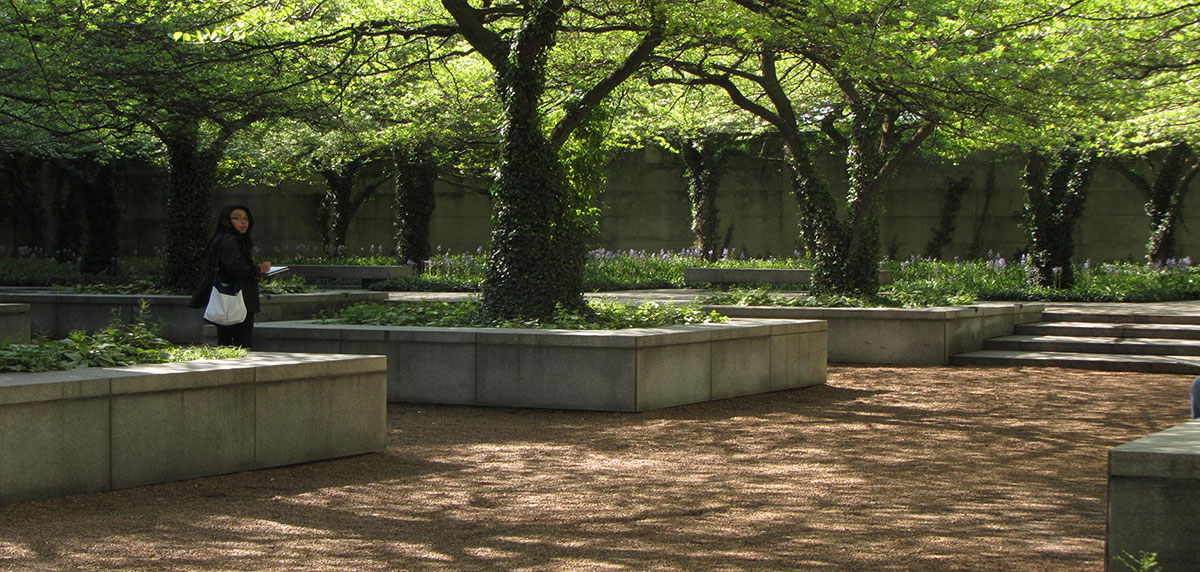Not known Incorrect Statements About Landscapers
Not known Incorrect Statements About Landscapers
Blog Article
What Does Landscapers Do?
Table of ContentsIndicators on Landscapers You Need To KnowLandscapers Can Be Fun For EveryoneThe Basic Principles Of Landscapers Fascination About LandscapersNot known Details About Landscapers Our Landscapers PDFs
- A yard function where water is represented by an accumulated rock item, generally a crushed rock or granite. These are most commonly discovered in contemporary and Japanese yard design.- A stone or natural flagstone patio, path, or sidewalk built without a concrete base. The base would be compressed gravel and the joints would be an aggregate or walkable ground cover. - A rock preserving or cost-free standing wall surface built without the use of mortar. - A below ground structure that accumulate water and enables it to slow percolate right into the dirt around it.
Landscape design that is compatible with a websites' environment in both appearance and sustainability without negative impacts to the environment. Edging in the landscape is a line of demarcation that develops aesthetic rate of interest in the yard by separating one segment from an additional section. This can be aesthetic or functional, maintaining one element (such as pea gravel) from obtaining blended into one more (like bark dust).
Locations can likewise have a feeling of "room" offered by trees, other growings, fences, or screens. The landscape near the access to a building.
All About Landscapers
:max_bytes(150000):strip_icc()/look-up-look-down-photography--o7ASOHDV9E-unsplash-62ac6efd6d724c7abb7320fefe03b411.jpg)
The element in a landscape style or area in a landscape that is implied to be most popular. The focal point can be a plant, stone, sculpture, collecting space, or other landscape function.

The Only Guide for Landscapers
Reduced plants that are allowed or urged to spread out over a location. Can refer to any kind of "tough" yard elements consisting of statuary or stones however most commonly is made use of to refer to courses, patio areas, and walls - Landscapers.: Height distinction between the level of water in a fish pond (or the degree of the pump if it sits outside the pond) and the upper electrical outlet review of water which influences performance of the water pump in gph (gallons per hour).
Fencing boards that run horizontally, usually utilized in modern-day or Japanese-inspired landscape designs. Proper use of imaginary lines can assist the landscape feel connected to the home and other components.
Typical PNW landscapes are informal. A plant that spreads more than preferred, or right into habitats where it does damages.
Landscapers Fundamentals Explained
Smart irrigation controller reviews and suggestions here. 2-D making of the suggested irrigation system. Can include head placements and protection, pipeline sizing, GPM specifications, and materials required to mount this system. A watering plan is generally unnecessary for homes but prevails for business projects. Certified specialist who makes landscapes, educated in design and style as well as in horticulture.
The expert that plans and creates landscape projects, usually at a residential or small industrial level with the significant design catalyst on plantings. Landscape developers commonly have less education than Landscape Architects and are not licensed. A finished landscape layout, outlining all aspects for the new landscape. This usually takes the kind of an illustration theoretically.
Calcium material used to raise the pH in dirt, which will make it less welcoming to moss (Landscapers). A water limited HDPE product used beneath ponds, streams and waterfalls in water attributes. Utilizing lots of plantings of the same range to fill out an area in the landscape. This can lower maintenance and water usage in the yard.
A mix of concrete, sand, and water that is used in stone masonry for setting rocks and joints. A layer of garden compost or bark dust used at the base of a plant. A mass planting of moss. A plant that was existing in a geographic area before more helpful hints people began transforming the landscape.
The smart Trick of Landscapers That Nobody is Discussing
How the yard or a yard element is prepared in partnership to an existing or new attribute or to a direction. Preserving a lawn without the use of chemical herbicides, pesticides, or fertilizers. Yards that are not cut yet grown in landscapes as perennials. This is a partially open sided relaxation or leisure location that joins a home, utilized for enjoyable, outside dining and merely appreciating the outside environment.

Plants that provide seasonal check it out passion and then pass away back in the winter season. Cold period turf that is the most typical lawn lawn in Portland, OR and the remainder of the PNW.An open roofed framework over a patio area or various other landscape attribute.
Lava aggregate ranging in size from 1/4" to dust. One of the most usual landscape crushed rock in the PNW. Location of the landscape created to handle rain water until it can soak into the ground. A chain that regulates water as it takes a trip from a roof rain gutter to the ground. Yard structure that creates a growing location that is included and greater than the bordering grade.
Producing a garden feature consisting mostly of rocks with growings that enhance and can flourish in the rocky environment. Sprinkler head style that rotates a stream of water across an area.
6 Easy Facts About Landscapers Explained
:max_bytes(150000):strip_icc()/GettyImages-154046398-c39f1daf45a84601b328d78ed8630660.jpg)
Report this page